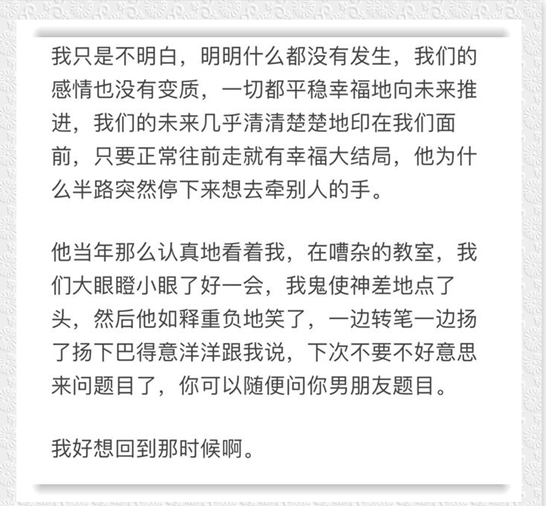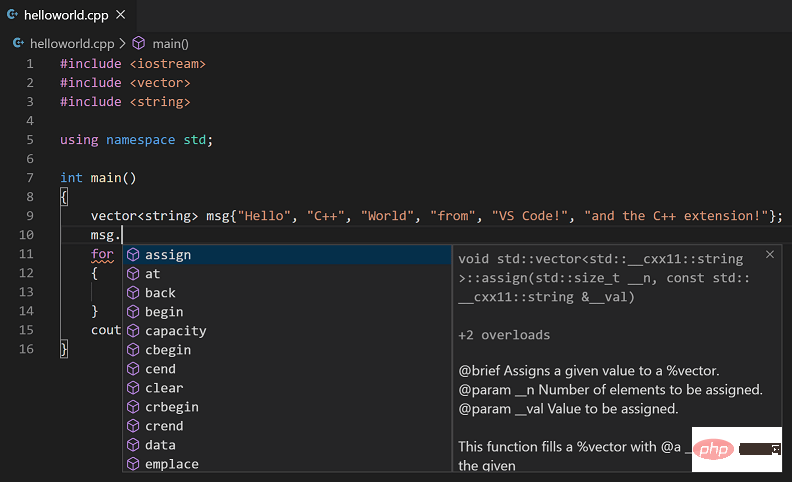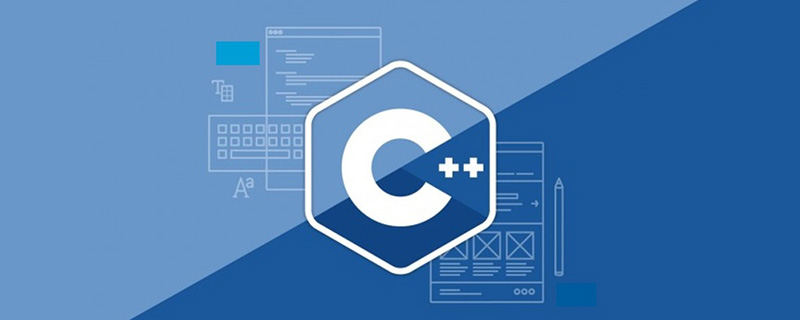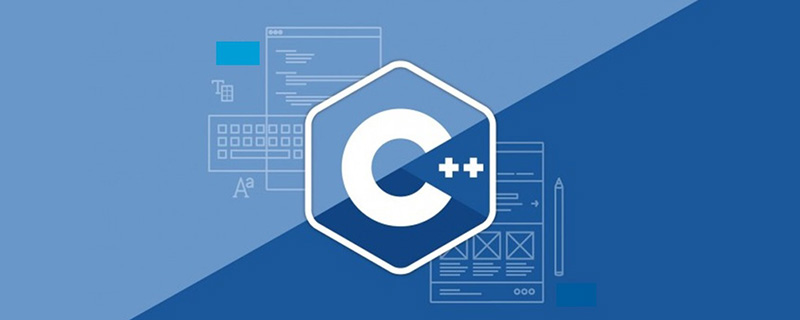
How to use C to implement a simple library management system?
The library is an important place for the dissemination of knowledge and culture, and an efficient library management system can improve the operational efficiency of the library and facilitate readers to borrow books and manage library resources. This article will introduce how to implement a simple library management system using C programming language.
First, we need to define the basic data structures required by the system. In the library management system, the most basic data structures are books and readers. We can create two classes to represent them. The book class can contain attributes such as the book number, name, author, publication date, etc. The reader class can include the reader's number, name, gender, contact information and other attributes.
Next, we can define a library class for managing books and readers. In the library class, we can use arrays or linked lists to store objects of books and readers. In addition, we also need to define some functions to implement basic operations of the library, such as adding books, borrowing books, returning books, etc.
When implementing the library class, we need to pay special attention to the borrowing and returning functions of books. We can add a Boolean member variable to the book class to represent the borrowing status of the book. If the book has been borrowed, the value of this variable is true; otherwise, it is false. When a reader borrows a book, we need to set the borrowing status of the book to true and record the information of the reader who borrowed the book. When a reader returns a book, we need to set the borrowed status of the book to false and clear the borrower information.
Next, we can implement some basic operation functions. For example, the Add Book function requires the user to enter information about a book and add it to the library. The borrow book function requires the user to enter the number of the borrowed book and sets the borrowed status of the book to true. The return book function requires the user to enter the number of the book being returned and sets the borrowed status of the book to false.
Finally, we can integrate all functions into one main function. In the main function, we can use loops to implement the continuous operation of the library management system. Users can choose different functions, such as adding books, borrowing books, returning books, querying book information, etc.
To summarize, by using the C programming language, we can implement a simple library management system. The system can easily manage book and reader information and provide basic borrowing and returning functions. Of course, this is just a simplified example, and the actual library management system may require more complex functions and data structures, but by mastering the basic principles and application skills, we can further expand and improve this system to meet actual needs.
The above is the detailed content of How to implement a simple library management system using C++?. For more information, please follow other related articles on the PHP Chinese website!
 图书馆停电许愿30秒梗含义原文出处介绍Mar 26, 2024 pm 01:06 PM
图书馆停电许愿30秒梗含义原文出处介绍Mar 26, 2024 pm 01:06 PM图书馆停电许愿30秒是最近在网上非常火爆的一个梗,主要是最近拉菲草事件实在是太火爆了,带动了图书馆停电许愿30秒,很多网友这是自己心中be的天花板,那么图书馆许愿停电30秒的原文是什么样的,到底是什么意思呢想要知道的玩家和小编一起来看看吧。图书馆停电许愿30秒什么梗这个梗说的是最近网上一篇非常火爆的知乎文章,在这个文章里面女生生日许愿的30秒里面男生还在和另外一个女生聊天,每天一遍,水泥封心。图书馆停电许愿30秒梗的含义用女生的原话来表示就是“在我许愿的30秒里面你是真心的祝我生日快乐还是担心她
 Windows 11 系统下的五款最佳免费 C++ 编译器推荐Apr 23, 2023 am 08:52 AM
Windows 11 系统下的五款最佳免费 C++ 编译器推荐Apr 23, 2023 am 08:52 AMC++是一种广泛使用的面向对象的计算机编程语言,它支持您与之交互的大多数应用程序和网站。你需要编译器和集成开发环境来开发C++应用程序,既然你在这里,我猜你正在寻找一个。我们将在本文中介绍一些适用于Windows11的C++编译器的主要推荐。许多审查的编译器将主要用于C++,但也有许多通用编译器您可能想尝试。MinGW可以在Windows11上运行吗?在本文中,我们没有将MinGW作为独立编译器进行讨论,但如果讨论了某些IDE中的功能,并且是DevC++编译器的首选
 C++报错:变量未初始化,应该如何解决?Aug 21, 2023 pm 10:01 PM
C++报错:变量未初始化,应该如何解决?Aug 21, 2023 pm 10:01 PM在C++程序开发中,当我们声明了一个变量但是没有对其进行初始化,就会出现“变量未初始化”的报错。这种报错经常会让人感到很困惑和无从下手,因为这种错误并不像其他常见的语法错误那样具体,也不会给出特定的代码行数或者错误类型。因此,下面我们将详细介绍变量未初始化的问题,以及如何解决这个报错。一、什么是变量未初始化错误?变量未初始化是指在程序中声明了一个变量但是没有
 C++编译错误:未定义的引用,该怎么解决?Aug 21, 2023 pm 08:52 PM
C++编译错误:未定义的引用,该怎么解决?Aug 21, 2023 pm 08:52 PMC++是一门广受欢迎的编程语言,但是在使用过程中,经常会出现“未定义的引用”这个编译错误,给程序的开发带来了诸多麻烦。本篇文章将从出错原因和解决方法两个方面,探讨“未定义的引用”错误的解决方法。一、出错原因C++编译器在编译一个源文件时,会将它分为两个阶段:编译阶段和链接阶段。编译阶段将源文件中的源码转换为汇编代码,而链接阶段将不同的源文件合并为一个可执行文
 C++编译错误:无法为类模板找到实例化,应该怎么解决?Aug 21, 2023 pm 08:33 PM
C++编译错误:无法为类模板找到实例化,应该怎么解决?Aug 21, 2023 pm 08:33 PMC++是一门强大的编程语言,它支持使用类模板来实现代码的复用,提高开发效率。但是在使用类模板时,可能会遭遇编译错误,其中一个比较常见的错误是“无法为类模板找到实例化”(error:cannotfindinstantiationofclasstemplate)。本文将介绍这个问题的原因以及如何解决。问题描述在使用类模板时,有时会遇到以下错误信息:e
 iostream头文件的作用是什么Mar 25, 2021 pm 03:45 PM
iostream头文件的作用是什么Mar 25, 2021 pm 03:45 PMiostream头文件包含了操作输入输出流的方法,比如读取一个文件,以流的方式读取;其作用是:让初学者有一个方便的命令行输入输出试验环境。iostream的设计初衷是提供一个可扩展的类型安全的IO机制。
 c++数组怎么初始化Oct 15, 2021 pm 02:09 PM
c++数组怎么初始化Oct 15, 2021 pm 02:09 PMc++初始化数组的方法:1、先定义数组再给数组赋值,语法“数据类型 数组名[length];数组名[下标]=值;”;2、定义数组时初始化数组,语法“数据类型 数组名[length]=[值列表]”。
 C++中的信号处理技巧Aug 21, 2023 pm 10:01 PM
C++中的信号处理技巧Aug 21, 2023 pm 10:01 PMC++是一种流行的编程语言,它强大而灵活,适用于各种应用程序开发。在使用C++开发应用程序时,经常需要处理各种信号。本文将介绍C++中的信号处理技巧,以帮助开发人员更好地掌握这一方面。一、信号处理的基本概念信号是一种软件中断,用于通知应用程序内部或外部事件。当特定事件发生时,操作系统会向应用程序发送信号,应用程序可以选择忽略或响应此信号。在C++中,信号可以


Hot AI Tools

Undresser.AI Undress
AI-powered app for creating realistic nude photos

AI Clothes Remover
Online AI tool for removing clothes from photos.

Undress AI Tool
Undress images for free

Clothoff.io
AI clothes remover

AI Hentai Generator
Generate AI Hentai for free.

Hot Article

Hot Tools

Dreamweaver Mac version
Visual web development tools

MinGW - Minimalist GNU for Windows
This project is in the process of being migrated to osdn.net/projects/mingw, you can continue to follow us there. MinGW: A native Windows port of the GNU Compiler Collection (GCC), freely distributable import libraries and header files for building native Windows applications; includes extensions to the MSVC runtime to support C99 functionality. All MinGW software can run on 64-bit Windows platforms.

MantisBT
Mantis is an easy-to-deploy web-based defect tracking tool designed to aid in product defect tracking. It requires PHP, MySQL and a web server. Check out our demo and hosting services.

Atom editor mac version download
The most popular open source editor

Notepad++7.3.1
Easy-to-use and free code editor






